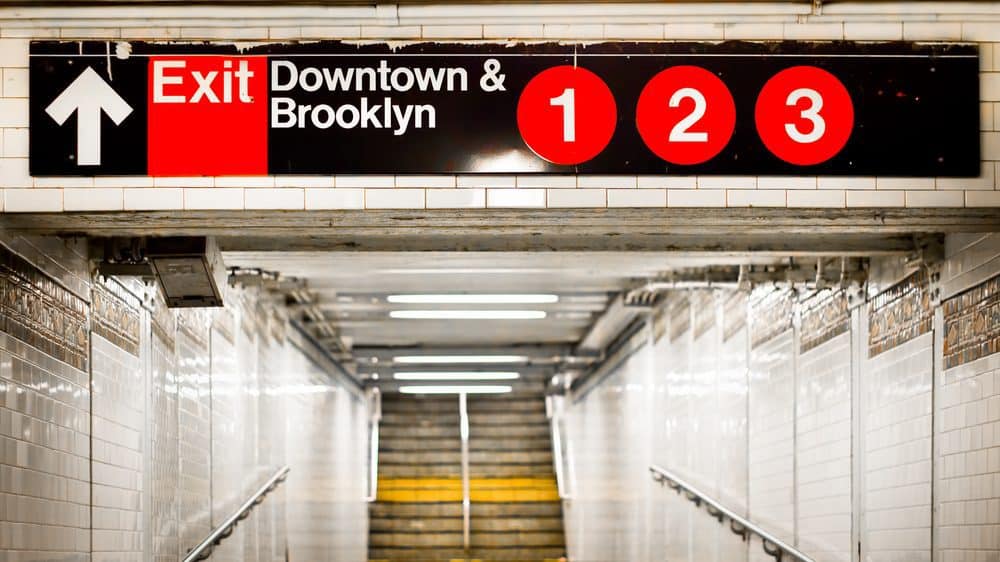New Lawsuit Tackles the Notorious Inaccessibility of the NYC Subway System
New York City’s (NYC’s) public transportation system is notoriously inaccessible. Only about one in every five subway stations is wheelchair accessible, compared to about 90% of the subway system in Boston, where I currently live.
Two class action lawsuits were recently filed against the Metropolitan Transportation Authority (MTA). The lawsuits accuse the MTA of discriminating against people with disabilities. According to Jelena Kolic, a staff attorney at Disability Rights Advocates, the nonprofit legal center that filed the suits,
“The overarching problem is that the system isn’t meaningfully usable for people with disabilities.”
Over 350 of NYC’s subway stations aren’t accessible to people who can’t access stairs, including those who use mobility aids, or who have difficulty breathing.
Kristen Parisi, a wheelchair user who works in public relations, lived in several major cities before relocating to NYC, including Boston, Washington, D.C., and San Diego. She feels that New York is by far the worst when it comes to accessibility.
“I can’t tell you how many times I’ve had to work from home or miss work completely because the subway or MTA elevators were down,” she says. “Last week I got all the way to the train station and the elevator was down.”
Lynn Zelvin, a blind and hearing-impaired freelance computer trainer, also says that the MTA system lacks proper access for hearing and visual impairments. She explains, “They only recently put any accessible signage outside the subway entrances. Inside the stations, there is sometimes braille signage on one pole, but to be equivalent to what sighted people get, it really needs to be on every pole.”
Disability Rights Advocates hopes the outcome of the lawsuits will result in serious change on the MTA’s part to eliminate these types of access issues. “The ultimate goal is to have a serious, comprehensive remediation plan to make sure that the system becomes fully usable for people with disabilities,” says Kolic.
Boston’s Massachusetts Bay Transit Authority (MBTA) system faced a similar lawsuit by local disability advocates, which settled in 2006, and resulted in significant change to our public transportation system. Our subway is the oldest in the country, and yet it’s more accessible to disabled people than NYC’s. As a mobility aid user who has limited access to stairs, I’ve only run into occasional problems in Boston, such as elevators running slowly or people with strollers cutting to the front of the line to use them.
Kristen Parisi hopes the MTA lawsuit will force New York to do what Boston has been able to do. “Boston has done an incredible job of not only making their subway stations more wheelchair accessible, but the elevators also don’t break down as frequently,” she says. “I hope that NYC looks at this and is embarrassed.”
Although I’ve considered moving to NYC to further my career in the publishing industry, my concerns about accessibility have made me hesitant. I never want to be stuck in a subway station at a broken elevator, unable to get to where I need to go. If this lawsuit enacts any meaningful change on the city’s subway system, I’d be open to changing my mind. And most importantly, it would make New York that much more inclusive and inviting to an even wider range of people.
About Rooted In Rights
Rooted in Rights exists to amplify the perspectives of the disability community. Blog posts and storyteller videos that we publish and content we re-share on social media do not necessarily reflect the opinions or values of Rooted in Rights nor indicate an endorsement of a program or service by Rooted in Rights. We respect and aim to reflect the diversity of opinions and experiences of the disability community. Rooted in Rights seeks to highlight discussions, not direct them. Learn more about Rooted In Rights



